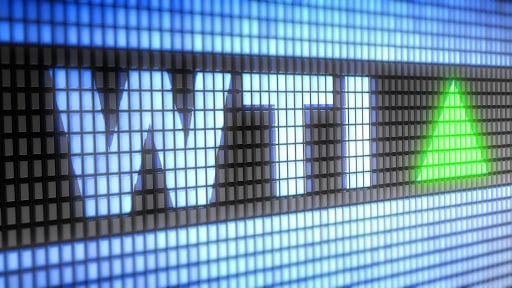Futures trading is an investment strategy that involves buying and selling contracts for a specific commodity or asset at a predetermined price and date. Futures are essentially contracts that can be traded on regulated exchanges. It’s possible to trade US Futures with Plus500 in order to try to hedge against price fluctuations, speculate on future price movements, and manage risk.
Before getting to trade US Futures with Plus500, it’s important to understand the basic concepts and strategies that are at your disposal. Generally, trading futures is complex with high risk making it not beginner friendly. However, future Futures investors must start somewhat, and that’s with some learning.
Understanding the Futures Market
The most popular futures on the marketplace are agricultural products, energy, precious metals, and financial assets like stock market indices and currencies.
A Future contract is an agreement that specifies the quantity, quality, and delivery date of the underlying asset. So, when purchasing some gold futures, you’re not actually buying and owning the gold. At least, not before the delivery date. Until then, the contract can be sold on a marketplace. It’s generally more efficient, faster, and more liquid to buy a futures contract than the asset itself.
Key Terms and Concepts
Below are some key concepts and terms to get to grips with.
Margin
Futures can be bought with borrowed money from the broker. Margin is the amount of money that a trader must deposit with their broker in order to trade futures. It’s a form of collateral that helps to ensure that traders can meet their financial obligations.
Leverage
Leverage is the ability to control a large position with a relatively small initial amount of capital. Essentially, greater borrowing is funding the purchase. Futures trading offers high levels of leverage, which amplify both gains and losses.
Contract Size
The contract size is the amount of the underlying asset that is covered by a single futures contract. For example, a crude oil futures contract might cover 1,000 barrels of oil.
Delivery Date
The delivery date is the date on which the underlying asset must be delivered. Most futures traders do not actually take delivery of the asset. This is why the majority of all trading volume is ascribed to derivatives.
Popular Trading Strategies
No single strategy is guaranteed to be profitable and trading futures involves significant risk. With that in mind, here are some basic strategies to consider.
Trend Following
Trend following is a strategy that involves identifying and following the direction of a market trend. This strategy can be effective when markets are trending, but can lead to losses when markets are choppy or range-bound.
Spread Trading
Spread trading involves buying and selling two or more futures contracts at the same time in order to profit from the price difference between them. For example, a trader might buy a crude oil futures contract for delivery in January and sell a contract for delivery in February. If the price difference between the two contracts widens, the trader can profit from the spread.
Scalping
Scalping is a high-frequency trading strategy that involves buying and selling futures contracts within a short timeframe, often within seconds or minutes. This requires a ton of technological resources in order to execute trades quickly. Traders who use this strategy typically focus on small price movements and rely on high levels of leverage to amplify their gains.
Hedging
Hedging is a strategy that involves using futures contracts to protect against price fluctuations in an underlying asset. For example, a farmer might use corn futures to lock in a price for their crop before it’s even planted, this can protect them if it’s a poor yield. This is a risk management technique.
Option Trading
Options contracts give the holder the right (but not the obligation) to buy or sell a futures contract at a predetermined price and date. Traders who use this strategy aim to profit from both upward and downward price movements, and can limit their losses with stop-loss orders.
5 Tips to stay responsible
To trade Futures involves risk, and there’s no guarantee of success. However, there are some general rules of thumb to consider that are thought of as responsible prerequisites.
- Start small
- Do plenty of individual research
- Develop a training plan
- Use stop-loss orders
- Stay up to date with market news
